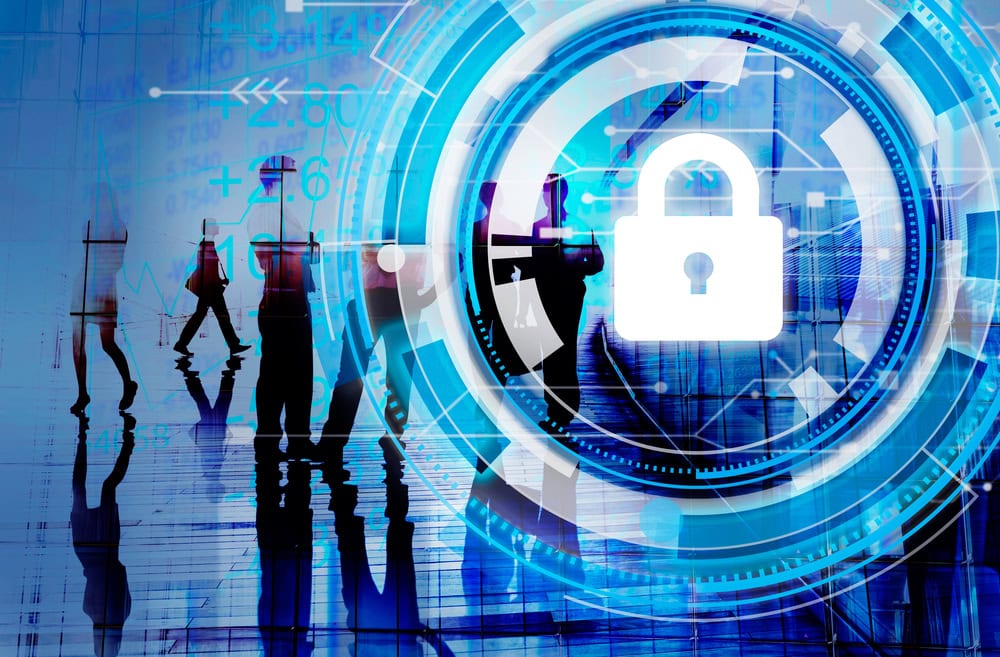2016: What threats?
The cat-and-mouse game that has epitomized cybersecurity in recent years continues, as hackers continue to find new ways to attack networks. What are the cyber threats for 2016?

The following ten IT security threats and trends are most likely to emerge during 2016, according to a forecast by security vendor Check Point Software Technologies Ltd:
Sniper' and 'Shotgun' malware
In 2016, major security breaches will be caused by tailored malware, appropriately designed to bypass defenses of specific organizations (as was the case with the attack on the US retailer Target). While individual users and small businesses will continue to be threatened by generic, crudely structured attacks, cybercriminals will up their game when hacking larger organizations with more sophisticated levels of security. They will use deeper, more complex phishing and other social engineering tricks to gain access to the data they want to take possession of.
Departure into the mobile world
Mobile attacks continue to rise as mobile devices become more commonplace in the workplace, providing hackers with direct and potentially lucrative access to personal and corporate data. Check Point's 2015 Security Report notes that 42 % of organizations had already experienced mobile security incidents that cost more than $250,000 to remediate, and 82% expected incidents to increase. This year, hundreds of millions of Android devices also experienced high-profile mobile security vulnerabilities, including Certifigate and XcodeGhost, the first major malware infection to target iOS devices without a jailbreak. It is expected that there will be more major mobile vulnerabilities in the coming year, he said.
Threat Defense
In the ongoing battle between hackers and security professionals, attackers are increasingly using more sophisticated, tailored variants of existing malware and zero-days that can bypass traditional sandboxing technologies. These new attack vectors require more proactive and advanced solutions that intercept evasive malware. CPU-level sandboxing is able to identify the most dangerous threats as they emerge, before they can bypass detection and infect networks.
Attacks on critical infrastructure
In December 2014, a steel plant in Germany was attacked by hackers who accessed the plant's production network and caused 'massive' damage. Also, the US Department of Homeland Security announced that 'Havex' Trojan infections had compromised industrial control systems in over 1,000 energy companies across Europe and North America. Attacks on public utilities and major industrial processes using malware to attack SCADA systems that control such processes will continue. And as the interconnectedness of control systems increases, so does the potential attack surface - which in turn requires better protection.
IoT and smart devices
The Internet of Things is still evolving and is unlikely to have a big impact in 2016. Still, organizations need to think about how to protect their smart devices and prepare themselves for wider adoption of the IoT. The most important questions users need to ask themselves are "Where is my data going?" and "What would happen if someone got hold of that data?" A year ago, Check Point discovered a flaw in SOHO routers worldwide that allowed hackers to hijack the router to launch attacks on devices connected to it - such vulnerabilities in connected devices will increase in the future.
Looks good on you
Wearable devices such as smartwatches are increasingly entering the enterprise, bringing with them new security risks and challenges. There are a number of security concerns regarding data stored on smartwatches. The possibility that wearable devices could be used by hackers to record video and audio via Trojans with remote mobile access is also a concern. Organizations that allow such devices must ensure that they are protected with encryption and strong passwords.
Trains, planes and cars
Vehicle hacking, in which the vehicle's software is hijacked to take control of it, emerged in 2015. In July, Fiat Chrysler recalled 1.4 million Jeep Cherokee vehicles in the U.S. after security researchers found they could be hacked via connected entertainment systems. As modern cars are equipped with more gadgets and connected systems than ever before, these built-in systems need to be protected - and the same goes for the complex systems on passenger planes, trains and other public transportation.
Real security for virtual environments
Virtualization, whether with SDN, NFV or cloud computing, has rapidly found its way into enterprises in recent years. Virtualized environments are complex and create new network layers. Only slowly is it being understood how these environments need to be protected. As enterprises move more and more to virtualized environments, protection measures must be planned from the beginning to provide effective protection.
New environments, new threats
A number of new operating systems, such as Windows 10 and iOS 9, were introduced in 2015. In recent years, the majority of attacks on enterprises have been directed against Windows 7, as adoption of Windows 8 has been relatively low. However, because Windows 10 has seen strong adoption, thanks to the free update available, cybercriminals will focus on exploiting these new operating systems in the future, where updates are more frequent and users are less familiar with the environment.
Keep security consolidation simple
To protect against complex threats, security professionals will likely rely more on centralized security management solutions. As organizations have a myriad of different security products on their network, consolidation is a way to reduce complexity and cost. Using many individual products and solutions becomes unmanageable and can actually hinder security instead of improving it. So consolidating security provides an effective way to reduce complexity and ease management so that new threats don't get lost in the gaps between different systems.









